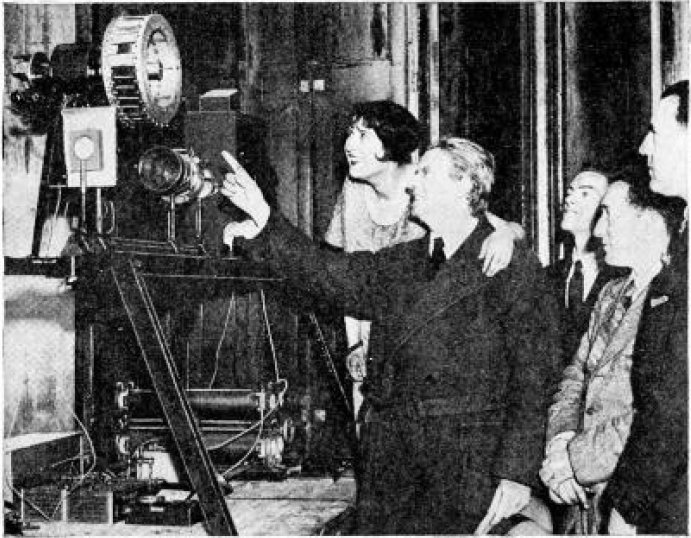
QUEZON City, Philippines (January 26) – It is on the same day and the year was 1926 when an innovation won over a skeptical public. This was a time when radio dominated every household, and ‘silent moving pictures’ can only be seen on cinemas and theatres. John Logie Baird triumphed in demonstrating his mechanical scan television, a.k.a. televisor, to the Royal Institution and a journalist. The image produced was that of a woman, rumored to be Daisy Elizabeth Gandy, his business partner.
Since it was a first, the image produced by the machine is not that clear, but still recognizable along with the expressions of the face projected.The moving image is also accompanied with sounds, a rare combination back in the day.
So how does it work? A rotating disc (able to record at 78rpm) with holes is located at the back and scanned to generate the video signal, then to another mechanical device at the receiver to be displayed on a3.5 in. x 2 in. screen. Two years later, in 3rd of July, 1928, Baird built the first color transmission television, and in 1929, brought the first mass produced television.

However, the mechanical scan technology didn’t last long due to its inability to produce high quality images. It was superseded by the all-electronic T.V., which was used in the first commercially successful television broadcast in the late 40’s.
Still, the mechanical scan television is a part of our history. How it inspired others to make a better version of it proves it as a testament of our evolving minds. Thank you, John Logie Baird, for inventing an object that made a lot of professions, and couch potatoes.
Source: http://www.telegraph.co.uk/technology/google/google-doodle/12121474/Who-invented-the-television-John-Logie-Baird-created-the-TV-in-1926.html
(written by Rex Felix C. Salvador I, edited by Jay Paul G. Carlos, additional research by Lovely Ann Cruz)








